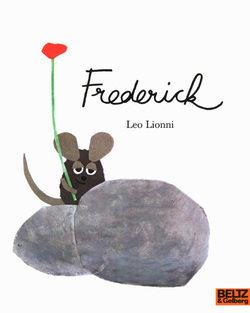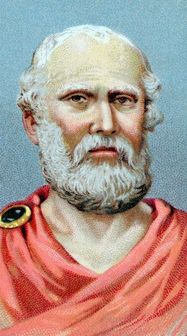Foundations of Philosophy (Ages 9-11) with Sally Zeiner In Leo Lionni's picture book, Frederick, a community of mice prepares for the winter by gathering food. Frederick gathers colors and words. Was this necessary? Was this work? What is work? In Monday's class, the students grappled with these questions. These are difficult questions, not easily answered. We do not look for one right answer in class, but instead work to express ourselves, to listen respectfully, and then reconsider our positions in light of new ideas. Ask your students what they think work is after this week's conversation. Many students thought work should include effort and purpose. What does your student think? Next week we will be discussing Chapters I, IV, and V of Stories of Robin Hood Told to the Children. Please ask your student to bring his or her book, as it is very helpful to ground ideas and comments in the text as we begin our conversations. We will start by working out a basic understanding of Robin Hood's life and times before moving on to discuss the ethical issues raised by the stories. Philosophy for Children (Ages 12-14) Plato Plato with Rich Piscopo Monday's class flowed with a little less fluidity due to tackling a very deep and complicated concept: What is quality? How do we know when something is good? I asked how one person could see a movie and say it was good, and another person can see the same movie and say it was bad. How can this phenomenon occur? I referred to Socrates who asked (paraphrased for class use), "Do you like something because it's good, or is it good because you like it?" This led to a review of Plato's Theory of Forms, which states that there exists an absolute, universal, perfect essence of Goodness. Goodness is not relative. Even if no humans ever existed, this essence of Goodness would still exist. I countered this with the view that Goodness is relative. That, as one student put it, under one setting something can be good, but under a different setting the same thing can be bad. Through our continued dialogue, we revealed that in order to tell if something is good or bad, we need something to compare it to. We need to establish a basis of comparison. But, can't a thing be good in and of itself, without having anything to compare it to? I used the example of a Stradivarius violin. Does this violin of exceptional quality exist as good, in and of itself, without needing another violin to compare it to? Or, is its quality defined by comparing it to other violins? How do we proceed with this conundrum? As I mentioned last week, we begin by defining our terms and establishing criteria. I introduced the thinking skill of establishing criteria by first defining what criteria are. This went slowly at first, but all students eventually understood the concept that criteria are standards or principles of comparison which we use when we make a judgment. All students were able to apply this concept by the end of class. Since this idea may not have quite set in, however, I will open class next week by reviewing and practicing using this skill until it is mastered. Knowing how to establish criteria is a very fundamental critical thinking skill. All of our decision making is based upon it. It is therefore worth the time and effort invested in mastering it. I ended class by saying to the students that in our search for Goodness, immediate answers are not as important as the process of figuring out one's own set of principles, one's own standards, one's own criteria with which one makes sense of the world. Comments are closed.
|
Categories
All
Archives
May 2016
|

 RSS Feed
RSS Feed